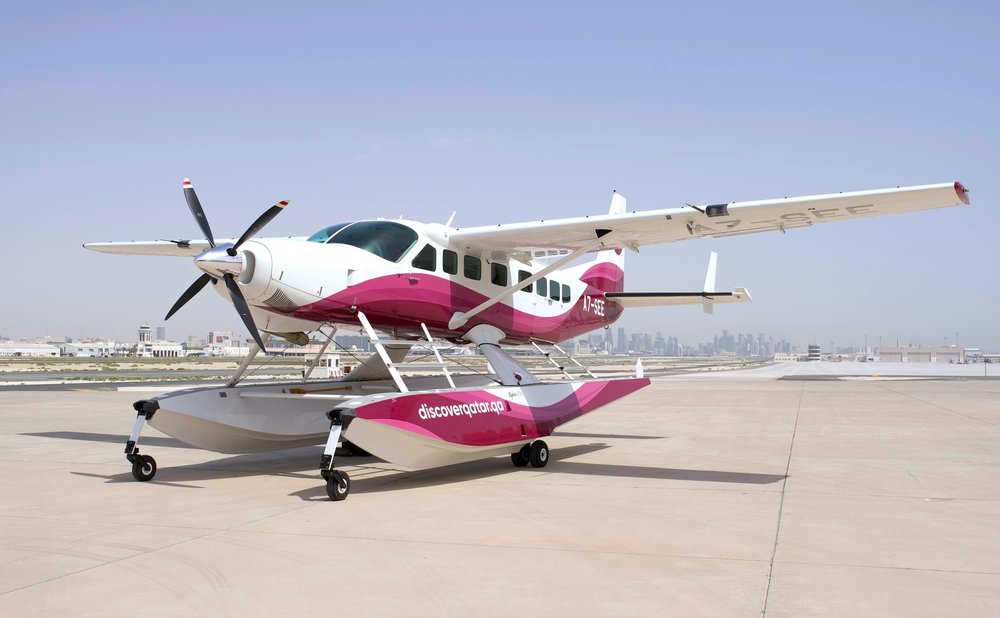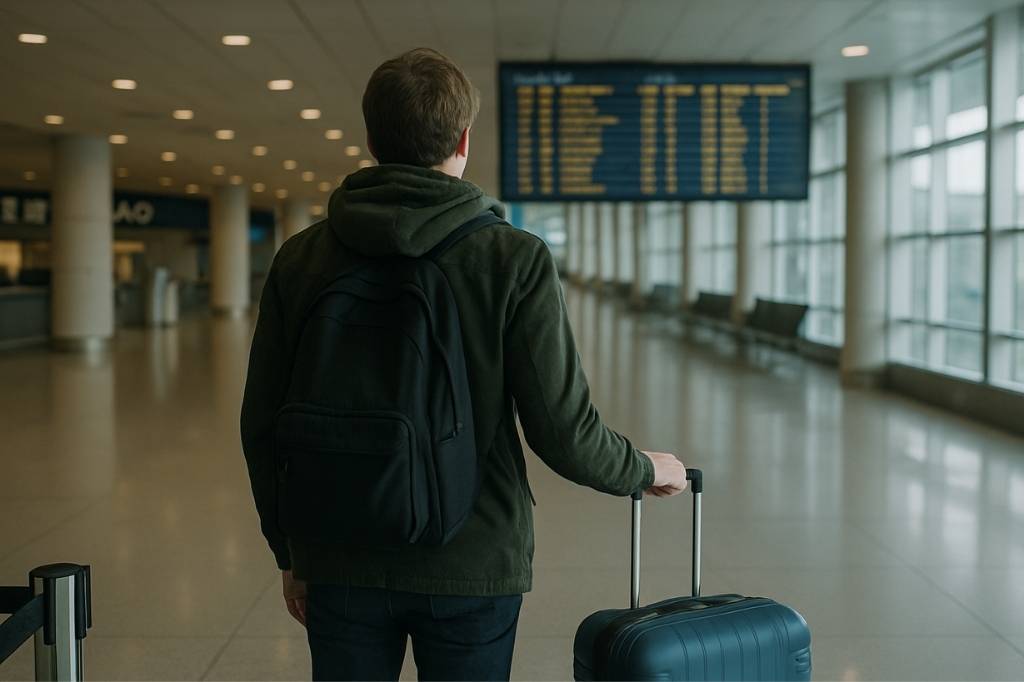The destination management company for Qatar Airways, Discover Qatar has announced the launch of its exclusive air tour. ‘Discover Doha by Air’ is an endeavour that further builds on the magic of exploring Qatar. Discerning travellers are now presented with the opportunity to explore breathtaking landscapes and iconic landmarks from the comfort and convenience of a light aircraft.
‘Discover Doha by Air’ promises travellers an extraordinary fusion of adventure, thrill-seeking, and exploration. Each of the air tours is well-planned and prepared to comfortably accommodate eight passengers. Travellers are presented with an air-conditioned cabin of a Cessna 208 Caravan, a single-engine light turboprop utility aircraft, designed with large windows that are ideal for aerial viewing. The onboard headphones at Discover Doha by Air will allow travellers to clearly hear the pilot’s in-flight commentary during the experience.
The flight duration on the Discover Doha by Air experience is 45 minutes. The aircraft is set to take off from Doha International Airport Premium Terminal. From there, the flight will fly over Al Thumama Stadium, Aspire Zone and Education City. Then the flight will move towards Lusail Stadium, Al Bayt Stadium and Thakira Mangrove Forest. The journey continues to flybys over The Pearl Island, Al Safliya, Katara Cultural Village as well as West Bay.
Guests are invited to embark on an unforgettable journey around Doha’s skies, soaring above remarkable landscapes and cultural treasures, on the Cessna 208 Caravan. At Discover Qatar, we are continiously working to curate our offerings to meet and exceed our customers’ expectations, saus the Senior Vice President of Discover Qatar – Steven Reynolds.
The first tour of the ‘Discover Doha by Air’ experience is scheduled for Thursday, 27th June 2024. Prices start at QAR 710 for adults and children over two years of age. Additionally, children under two years of age can fly free of charge as well.








